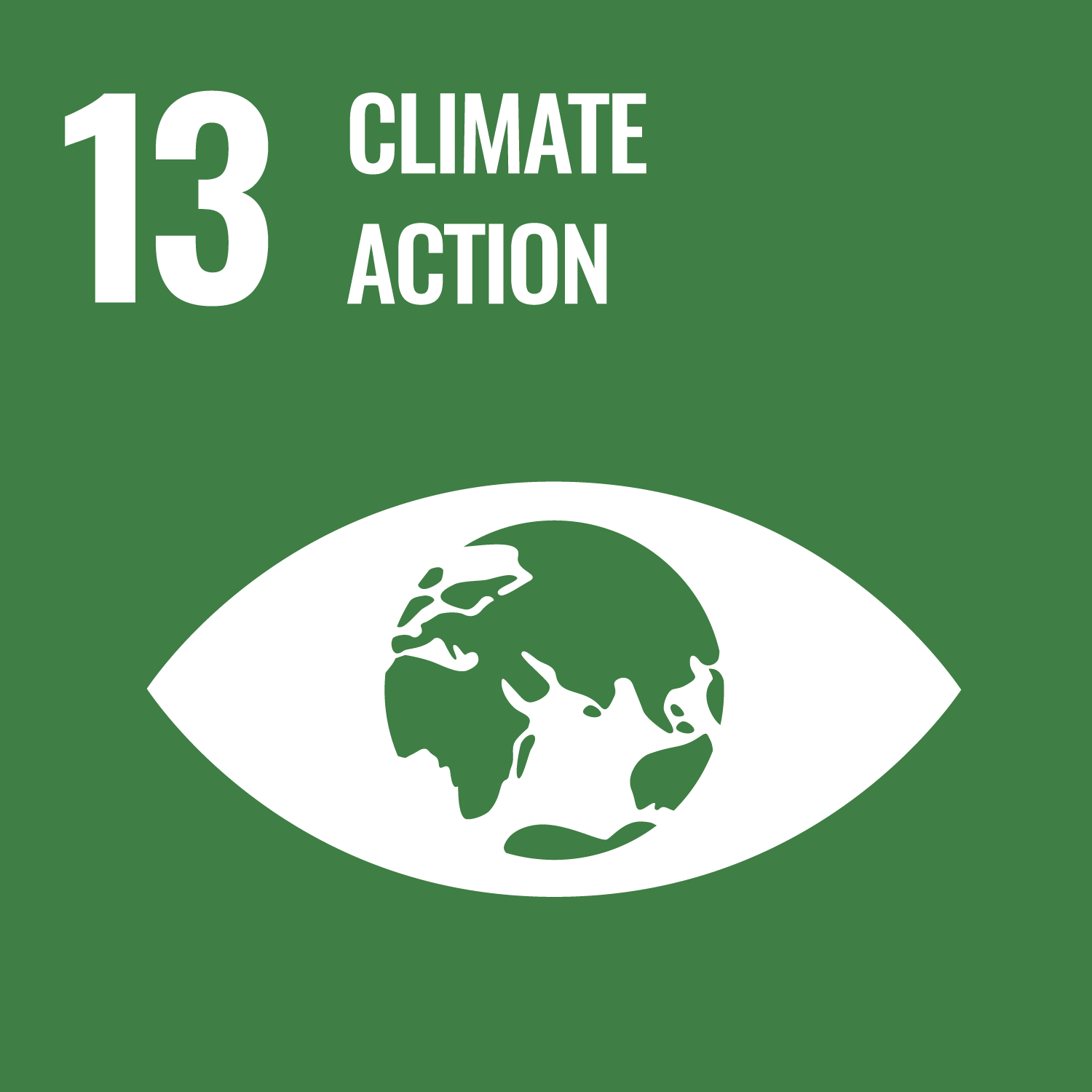How RAD meets the United Nations Sustainable Development Goals
In 2015, all United Nations Member States adopted 17 Sustainable Development Goals (SDGs), which were an urgent call for action by all countries - developed and developing - in a global partnership. They recognise that ending poverty and other deprivations must go hand-in-hand with strategies that improve health and education, reduce inequality, and spur economic growth - all while tackling climate change and working to preserve our oceans and forests.
The Recycle a Device (RAD) kaupapa (initiative) aligns with 7 of 17 SDGs. By partnering with RAD, you are working towards solutions!
RAD promotes long-term development and inclusive societies by bridging the digital divide. Digital access is vital for everyday living, and by giving laptops to individuals and whānau (families), we enable everyone to be included in education, the economy and everyday life.
Goal 1: End poverty in all its forms everywhere
People who are affected by inequity and poverty in general are also affected by digital inequity. RAD looks to bridge the digital divide by providing access to a laptop, which opens up learning and participation opportunities to recipients. Having access to a device, means people are able to up-skill and have more options and pathways for the future. Being digitally literate opens opportunities to move into higher paying jobs, a step towards potentially ending the poverty cycle.
Goal 4: Quality Education
RAD empowers people to participate in education and skills development by providing them with a laptop to promote lifelong learning.
We educate on reconsidering waste, reducing consumption and increasing the lifespan of electronic devices.
In addition, we provide refurbishment training, process and resources, upskilling the technical engineering skills of rangatahi (young people).
Goal 8: Decent Work and Economic Growth
RAD develops the STEM, tech engineering, leadership, teamwork and problem solving (any many more) skills of young people. Providing these tools and skills lays the foundation for a successful career but also more widely a successful relationship to technology, which is crucial for education, employment and participation in everyday life.
Goal 10: Reduced Inequalities
RAD exists to bridge the digital divide. We do this by providing laptops and follow up community support to those who need them, and encouraging community engagement and the local development of long term structures of mutual support.
Goal 12: Responsible Consumption and Production
In establishing an accessible and effective circular economy for laptops in New Zealand, not only will a lot of e-waste be diverted from landfill, but awareness of diversion of waste from landfill and education on alternative options will increase.By refurbishing laptops, RAD’s focus is on the reuse of resources, improving the public’s knowledge on e-recycling to inform behaviour change, encouraging a new approach to resource use and waste reduction that extends outside of e-waste to a broader view. Planned obsolescence encourages us to think as ‘consumers’ and throw away something that is broken (or sometimes not, just outdated or unwanted) and buy it new.
Participation in RAD encourages all communities involved (from businesses to schools to device recipients) to rethink their approach to waste and how they can participate in the circular economy.
RAD is also working towards changing the procurement process and policy at end of life for business and government. We align with Government Procurement Rule 16: Broader Outcomes, and Rule 20: Transitioning to net-zero emissions economy and designing waste out of the system.
Goal 13: Climate Action
The average New Zealander produces more than 20 kilograms of e-waste every year. Because of a lack of a central e-waste recycling scheme (and a lack of public knowledge of alternative schemes), an estimated 2% or less of the e-waste produced in NZ is recycled effectively every year, resulting in potentially tens of thousands of tonnes worth of valuable materials ending up as toxic landfill fodder. By extending the life of devices through refurbishment, we keep them out of landfills and e-recycling processes.
Goal 17: Partnerships for the Goals
RAD’s aim is to bridge the digital divide and we understand that a large, joint effort is needed to achieve this goal. If anyone from any part of Aotearoa wants to work with us to address the digital divide, improve digital technology education, reduce e-waste, and support genuine and ongoing grassroots connection community development, we want to work with them too. If we don’t work together, the path towards digital equity and sustainability (social, economic and environmental) becomes longer and more difficult for everyone. This shared goal and understanding of the shared effort needed to get there is why collaboration is woven into every aspect of our kaupapa.
How can you help?
If you or your organisation is keen to support Recycle a Device, we would love to hear from you. Some easy ways to support us include:
Share our kaupapa with others
Follow us on social media (we have LinkedIn, Instagram and Facebook)
Donate your used devices to us (we accept laptops that are less than 10 years old and come with a charger, and tablets which are less than six years old which have had your Apple ID removed)
Make a financial donation via the wonderful people at One Percent Collective or Share My Super
Share your network, resources or capability with us - we are always looking for help increasing our impact
Or maybe you’ve thought of something even better! Drop us a line!








